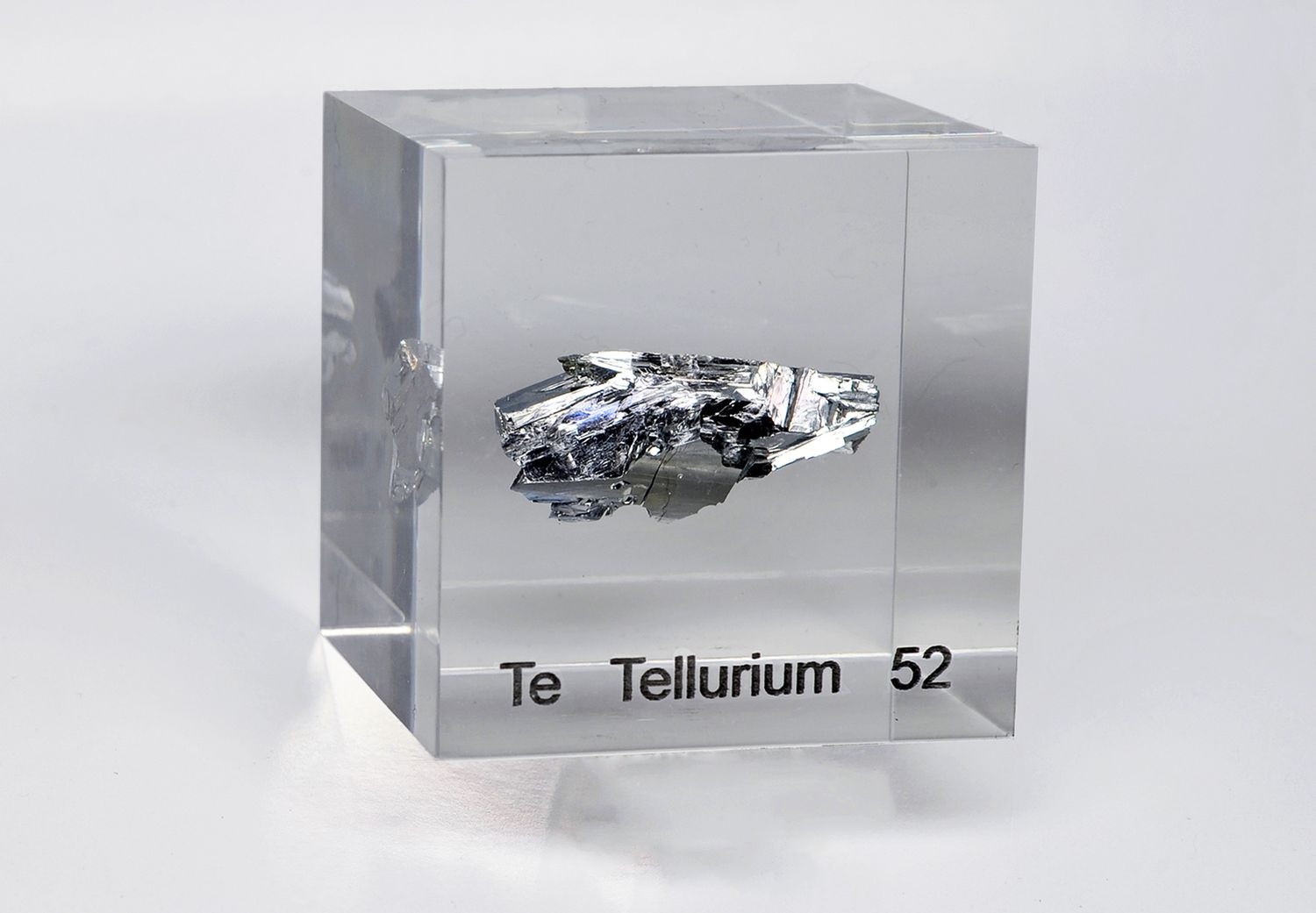
Tellurium might not be the first element that comes to mind, but it’s packed with intriguing qualities. What is tellurium? Tellurium is a rare, brittle, silvery-white metalloid often used in electronics and solar panels. It’s not just any element; it has a fascinating history and unique properties that make it stand out. From its discovery in the late 18th century to its modern applications, tellurium has played a crucial role in various technological advancements. Whether you’re a science enthusiast or just curious about the elements, these tellurium facts will spark your interest and expand your knowledge about this remarkable element.
What is Tellurium?
Tellurium is a fascinating element with unique properties and uses. It’s not as well-known as gold or silver, but it has some pretty cool facts that make it stand out.
-
Tellurium is a metalloid. This means it has properties of both metals and non-metals, making it versatile in various applications.
-
It was discovered in 1782. Franz-Joseph Müller von Reichenstein, an Austrian mineralogist, first identified tellurium while analyzing a gold ore sample.
-
Tellurium is quite rare. It’s one of the least common elements in the Earth's crust, even rarer than gold.
Physical Properties of Tellurium
Tellurium has some interesting physical characteristics that make it unique among elements.
-
It has a silvery-white appearance. Tellurium looks metallic and shiny, similar to tin.
-
Tellurium is brittle. Despite its metallic appearance, it can break easily when bent or struck.
-
It has a relatively low melting point. Tellurium melts at about 450 degrees Celsius (842 degrees Fahrenheit), which is low compared to many metals.
Chemical Properties of Tellurium
Tellurium’s chemical properties contribute to its various industrial uses.
-
It forms compounds with many elements. Tellurium can combine with metals and non-metals, creating a wide range of compounds.
-
Tellurium can be toxic. In large amounts, tellurium and its compounds can be harmful to humans and animals.
-
It has semiconductor properties. Tellurium can conduct electricity better than non-metals but not as well as metals, making it useful in electronics.
Uses of Tellurium
Tellurium’s unique properties make it valuable in several industries.
-
It’s used in solar panels. Tellurium is a key component in cadmium telluride solar cells, which are efficient and cost-effective.
-
Tellurium is used in thermoelectric devices. These devices convert heat into electricity and vice versa, and tellurium helps improve their efficiency.
-
It’s added to steel and copper. Small amounts of tellurium improve the machinability and durability of these metals.
Interesting Facts About Tellurium
Here are some more intriguing tidbits about this lesser-known element.
-
Tellurium can make you smell funny. When ingested, it can cause a garlic-like odor in your breath and sweat.
-
It’s named after Earth. The name "tellurium" comes from the Latin word "tellus," meaning Earth.
-
Tellurium is used in rubber production. It helps improve the heat resistance and durability of rubber products.
Tellurium in Nature
Tellurium’s natural occurrence and extraction are quite fascinating.
-
It’s often found with gold. Tellurium is usually found in ores containing gold and other precious metals.
-
Tellurium is extracted from copper refining. Most tellurium is obtained as a byproduct of refining copper ores.
-
It’s found in some rare minerals. Tellurium occurs in minerals like tellurite and sylvanite, though these are not common.
Tellurium and Technology
Tellurium’s role in modern technology is significant, especially in electronics.
-
It’s used in rewritable optical discs. Tellurium compounds are part of the material used in CDs, DVDs, and Blu-ray discs that can be rewritten.
-
Tellurium is important for infrared detectors. These detectors are used in night-vision equipment and other applications requiring infrared sensing.
Tellurium's Fascinating World
Tellurium might not be a household name, but it's got some pretty cool facts. This rare element, found in the Earth's crust, plays a big role in tech and industry. From making solar panels more efficient to helping create the glass in your smartphone, tellurium's impact is everywhere. Its unique properties, like being a metalloid and having a silvery-white appearance, make it stand out.
Understanding tellurium's uses and characteristics can give you a new appreciation for the materials that power our modern world. Whether it's in electronics, alloys, or even in the rubber industry, tellurium proves its worth. So next time you think about the elements that shape our lives, remember tellurium and its fascinating contributions. It's a small part of the periodic table but a giant in its applications.
Was this page helpful?
Our commitment to delivering trustworthy and engaging content is at the heart of what we do. Each fact on our site is contributed by real users like you, bringing a wealth of diverse insights and information. To ensure the highest standards of accuracy and reliability, our dedicated editors meticulously review each submission. This process guarantees that the facts we share are not only fascinating but also credible. Trust in our commitment to quality and authenticity as you explore and learn with us.


